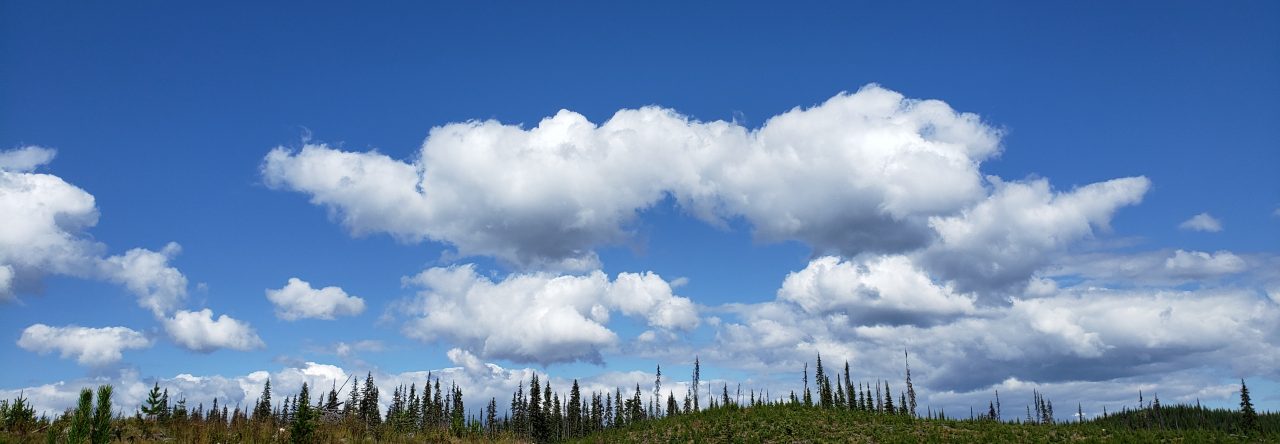It is early morning, the house is dark and quiet and there is no better time to be aware of where I am.
I pull the curtains because it snowed overnight and whiteness makes me feel safe and cozy.
I open the door, breathe in the cold and look at the sleepiness around. Across the street, smoke raises from a smokestack, pointing straight to a sky that’s so clear it squeaks when you look at it. No more snow. I know that from my dad, about the smoke going straight up.
This is the time to be where I am and nowhere else. No planning the day, no urgent this or that, no deadlines.
This is the time to stop.
So much is happening every day, even on those days that seem slow and dull. They are not. They are life. And we barely acknowledge it, even on the good days.
Why so hurried? Because it’s what we do. Life hurries and we hurry with it. Hurrying is a choice; but you knew that. Or not. Is it really? (yes)
Like heading straight down a wild river that we know for a fact ends up in a waterfall, we ride a raft we barely hang onto. White knuckles scream desperation and a need to stop, a need to readjust here and there and take a look around. We’re moving too fast, we know that much.
Speed enables us to persist in thinking we’re doing it right. And speed even more.
Everywhere we look, white knuckles are interpreted not as a sign of desperation but as an acknowledgement of being on this wild river. It’s what everyone does, right? Very few of us will say otherwise and the ones who do, are on the shores, looking around and telling us to slow down. Can they be believed? How would they know? Why are they there to begin with?
The answer is as simple as it is troubling: Because they know that knuckles are connected to the heart and the mind. Not when they’re white and cold though. They only get warm when we stop. But that’s slowing down, isn’t it? That means losing something? More? Less? Enough? At all?
Where’s the truth? Who has it?
Somehow slowing down does not appeal enough to our competitive nature. Slowing down is a right we don’t want to make much use of. We take odd comfort in saying “But I am not the only one.” And oddly enough, that truly is the weakest argument of them all. It really will not matter who was with you and why when you reach the waterfall. You’ll reach it by yourself. As it’s always been.
Gravity evens things out for us all. Which is why it’s so important to mind things along the way, to stop your raft by shores you deem necessary to see, or to simply stop to see. To listen, to breathe and know of yourself. To make sense of why you’re on that wild river to begin with.
To be grateful.
White knuckles will not let any feelings sink in deep enough for you to feel that. Perhaps that’s the best reason why stopping every now and then makes sense.
 Also because when you stop, you learn how to. And you’ll know how to do it next time. And next. And you’ll be ready for everything that comes. Or for most of the things.
Also because when you stop, you learn how to. And you’ll know how to do it next time. And next. And you’ll be ready for everything that comes. Or for most of the things.
You’ll have made time along the way to know faces, not just see them in that mad dash down a river that was never intended for us ride so recklessly and white-knuckled but we do it because everyone does.
Which is never a good argument to begin with. So learn to stop. Today.



